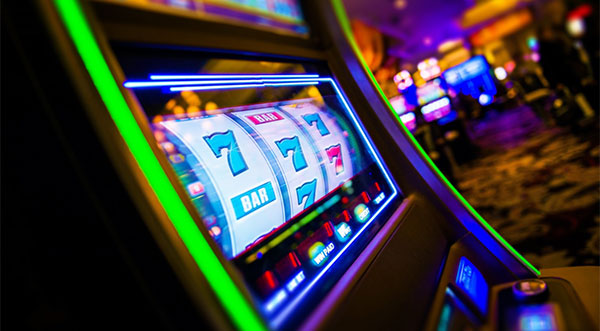In the ever-evolving landscape of online gaming, a new frontier is emerging—metaverse gaming platforms. These platforms are more than just digital arenas for multiplayer games; they represent an immersive, interconnected world where virtual and real-life experiences blend seamlessly. As the metaverse becomes a buzzword in tech circles ISTANA189, online gaming platforms are among the first to fully embrace its potential, redefining how we play, socialize, and even work.
What is a Metaverse Gaming Platform?
At its core, a metaverse gaming platform is an expansive virtual environment where users interact with each other and the world through avatars, digital assets, and immersive experiences. These platforms are a fusion of online gaming, social networking, and virtual economies. Players can engage in traditional gaming activities, such as missions, battles, or sports, but they can also explore virtual worlds, attend events, create content, or even build their own virtual businesses.
Unlike conventional online games, which are typically confined to their own universes, metaverse platforms are interconnected, allowing players to travel between different worlds, interacting with a global network of players. The most significant difference is that these platforms prioritize player agency, enabling them to own digital property and assets through technologies like blockchain and NFTs (Non-Fungible Tokens).
Key Features of Metaverse Gaming Platforms
- Immersive Virtual Worlds: Metaverse platforms are designed to be lifelike, with photorealistic graphics and expansive open-world environments. Players can explore cities, natural landscapes, or even fantastical realms. The environments often feature real-time weather, day-night cycles, and evolving landscapes that respond to the actions of players.
- Interconnected Social Spaces: Socializing is a primary aspect of the metaverse. Players can attend virtual concerts, art exhibitions, or meetups, all while chatting and networking with others. It’s an extension of traditional social media, but in a more interactive and engaging form. These platforms often allow for voice, text, and video communication, enabling players to interact as they would in the real world.
- Digital Economy and Ownership: One of the most exciting elements of metaverse gaming is the rise of play-to-earn (P2E) economies. Players can create and sell virtual goods, properties, and even services, all with tangible value in the real world. Through blockchain technology, these items are tied to NFTs, giving players true ownership of their in-game assets. This ownership can translate into actual income or trade opportunities.
- User-Generated Content and Modding: In many metaverse gaming platforms, users can create and customize their own content. From designing new game levels to creating virtual clothing and accessories for avatars, players can add their personal touch to the game world. This democratization of content creation leads to constant innovation and new experiences for other players.
- Cross-Platform Play: Many metaverse games break down the traditional barriers between gaming consoles and devices. Whether you’re playing on a PC, console, or through virtual reality (VR) headsets, players can interact within the same virtual space. This inclusivity ensures that anyone, regardless of their preferred gaming platform, can participate in the metaverse experience.
Popular Examples of Metaverse Gaming Platforms
- Decentraland: Decentraland is one of the leading platforms that allows players to buy, sell, and build in virtual land parcels. It’s powered by the Ethereum blockchain and offers a decentralized economy where players can trade assets, attend live events, or explore an ever-growing digital world.
- The Sandbox: Known for its user-generated content, The Sandbox allows players to create their own virtual worlds and monetize them. It’s a virtual space where creativity and entrepreneurship thrive, with users building everything from games to real estate.
- Roblox: Although not traditionally considered a “metaverse” in the strictest sense, Roblox has elements that align with the concept. It’s a platform where players can design their own games and share them with a global audience. Its vast user base and open-world nature make it a forerunner in the metaverse gaming landscape.
- Axie Infinity: While primarily a play-to-earn game, Axie Infinity has grown into a larger metaverse ecosystem where players breed, battle, and trade digital pets called Axies. The game integrates blockchain technology to allow players to own and monetize their Axies, creating an active economy within the platform.
The Future of Metaverse Gaming Platforms
The potential of metaverse gaming is boundless, with new developments in artificial intelligence (AI), virtual reality (VR), and augmented reality (AR) further enhancing the gaming experience. As technology advances, we can expect increasingly realistic avatars, AI-driven NPCs (non-playable characters), and virtual worlds that feel as rich and complex as the real one.
